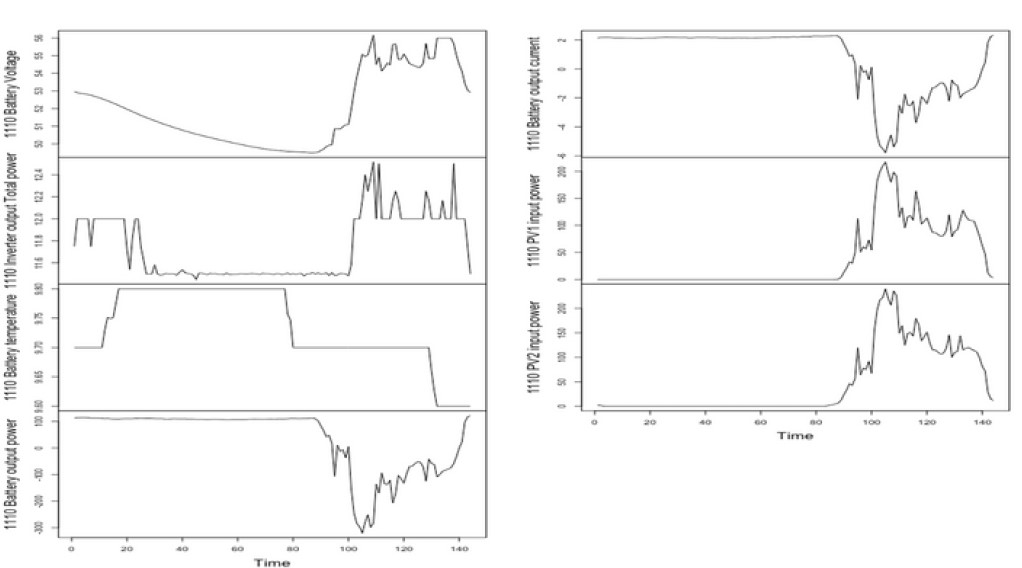Analyzing Battery Voltage Profiles of Off-Grid Power Systems on Tribal Lands
Energy poverty impacts over one billion people worldwide, which can have serious consequences on their health, education and economic life. Off-grid electrification could serve in addressing this problem. Tribal utilities and other organizations have made small solar-powered systems available to provide modest but critical access to electricity for Native American reservations. However, there is little data on how the systems perform after they have been installed; this critical information is required to improve designs, lower costs, and better meet user needs.
This project addresses this issue by developing and analyzing a new dataset of field measurements collected from approximately 200 off-grid systems on Native American reservations. The methods used include desk research, data analytics, and time series and statistical analyses. The software used in this project is R- Studio. The main variable of interest in this research was battery voltage while other supplementary variables used in the analysis include battery temperature, power output, inverter power, battery input current, and photovoltaic array power.
The developed method analyzed battery voltage levels to determine what time of day the voltage reached the charge controller’s absorption level set-point– indicating the battery is almost fully charged. The earlier in the day this level was achieved, the more likely it is that the solar array could support additional electricity usage by the home. The findings of this project supports the important societal goal of increasing electricity access among underserved populations.

Time series plot for battery voltage and other supplementary variables
